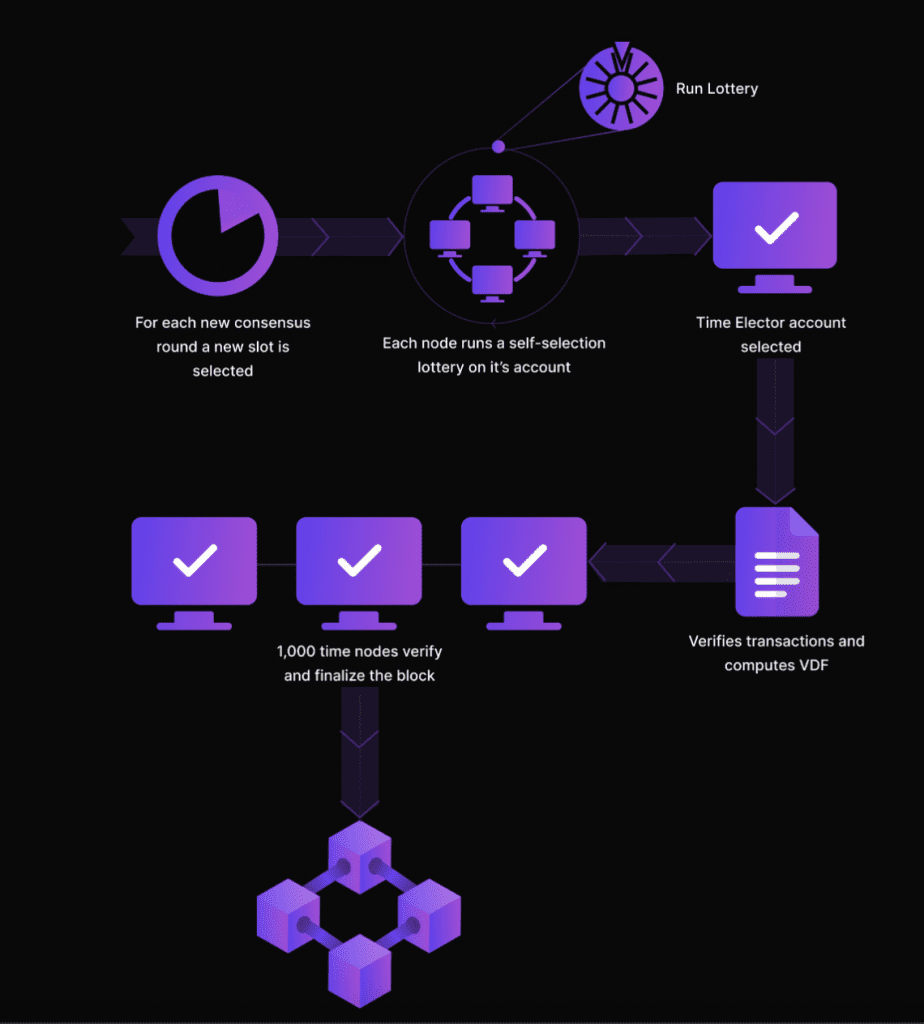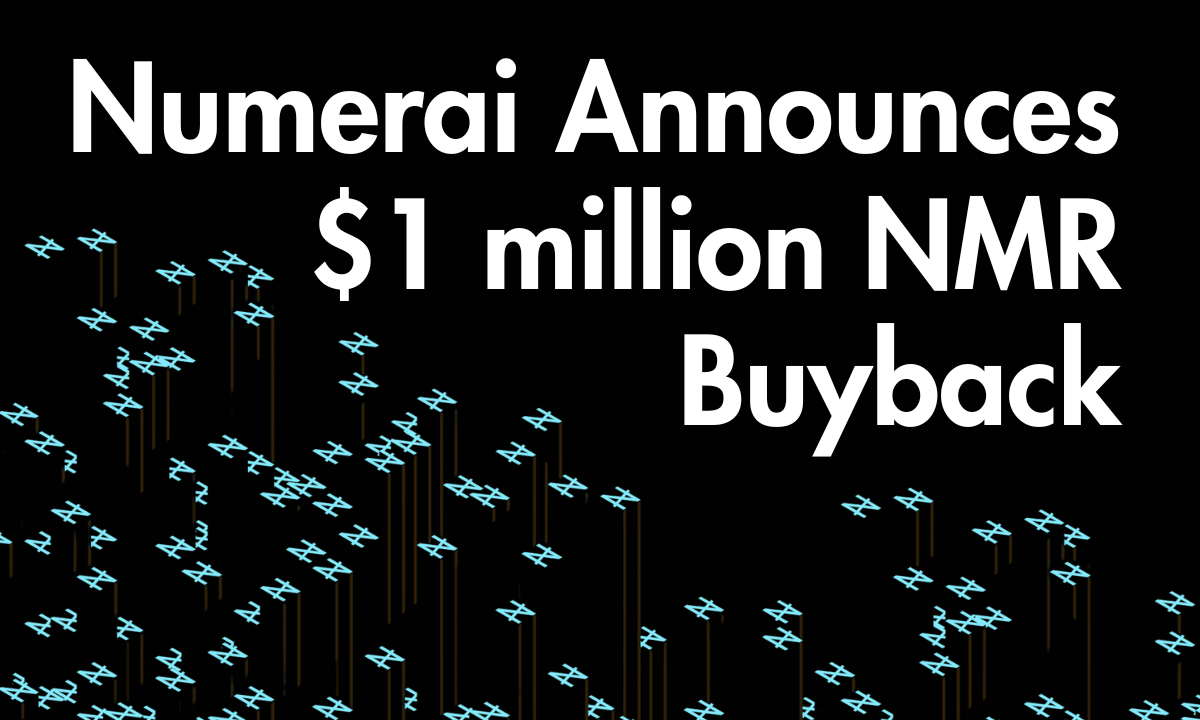What is Proof of Time? Learn how Proof of Time works.
First of all, we need to know what is a consensus algorithm.
.he consensus algorithm is where the Validators (Proof of Stake) or Miners (Proof of Work) on the blockchain network agree with a new State on the network. This is only necessary to confirm the transactions on the network are executed properly, transparently, and honestly by the Validators or Miners.
Current consensus algorithms such as Proof of Work (Bitcoin and Ethereum), Proof of Stake (NEAR, AVAX, COSMOS, …)

What is Proof of Time?
Proof of Time (PoT) is a decentralized consensus algorithm that works on the principle of selecting validators according to their percentage of ratings and fixed stakes. This is a mechanism developed by Analog and improved from the delegated Proof of Stake (dPoS) protocol.
The rating score is a numerical measure of the weight that the algorithm assigns to each validator based on their historical experience (how accurately the node validates event data) and the experience of other validators with that node.
The main factors affecting this rating include:
- Node tenure on Timechain
- Node historical validation accuracy
- The average value of rating score with neighboring nodes (similar to trust score)
The fixed stake is a staking mechanism where all validators stake an equal number of tokens to participate in the consensus process. Any node can participate as a validator as long as that node has staked a fixed amount and has a rating.
Highlights of Proof of Time (PoT)
Proof of Time focuses on building a consensus algorithm that is fair for validators and at the same time ensures the speed of transaction processing on the network. With a validator selection process with a fixed stake, even small nodes can still be selected to verify transactions.
In addition, Proof of Time also does not require computing power but is based on the ranking mechanism, thus ensuring the transaction processing speed as the Proof of Stake model.
The PoT protocol is also not forked (unlike PoW) thanks to the rule that determines the longest chain in the last time by probability. PoT random selection processes such as the calculation of the VDF function are transparent and ensure that all users have an equal opportunity to participate in consensus.

“Timechain”, “Time nodes” and “Time Electors”

Proof of Time was developed by Analog, and therefore, to understand how this protocol works, you need to understand some related terms as follows:
Timechain: a ledger of Analog chain (main network)
Time nodes: are the nodes/validators on the chain that will participate in the block verification that will be attached to the Timechain (the higher the ranked nodes, the more likely they are to participate in the block validation)
Time electors are a special node that will propose blocks of data to Timechain. This Time elector will be selected at the beginning of the Proof of Time algorithm. Nodes that want to be selected as a time elector need to have a ranking score and stake a fixed amount of ANLOG tokens (the higher the score, the more likely they are to be selected). Only a one-time elector is selected for each block in a given time slot.
What is VDF? What role does VDF play in proof of time consensus?
VDF (Verifiable Delay Function) is a system of computational functions that help select time nodes according to a random process.
Simply put, it is a calculation function that validators must perform to be selected. This calculation function requires a moderate amount of computing power (anyone can easily verify if the calculation procedure is correct once the answer is available) and focuses on execution time ( since validators have to solve the function sequentially without any “shortcuts”.)
Therefore, VDF will help eliminate fake data time nodes to solve the calculation function, and at the same time minimize the possibility of accepting a false VDF result because the input data will be validated before the validator issues. the final result after calculating VDF.
Proof of Time consensus algorithm processing
The process of reaching a consensus with Proof of Time needs to go through 2 stages: soft-voting and hard-voting.
Soft Voting phase
Soft Voting is the first stage in the Proof of Time protocol’s processing, which selects a node to be selected to propose a block of transaction data to the Timechain mainnet. At this stage, the validator (aka the time elector) will send a block containing the transaction data that will be added to the Timechain (Analog ledger/main chain).
Any online node with a fixed stake and rating can send blocks of data to Timechain. However, only a one-time elector/validator will be selected through a random process based on the VDF (Verifiable Delay Function) system.
After the validators have finished submitting the data block, they will have to manually check if they are selected by running the VDF process. If selected, the validator will collateralize the submitted data, verify the issuer’s signature, and generate VDF proofs.
Finally, that validator will publicize the verified transactions along with the VDF proof to the remaining time nodes in the network.
Hard Voting phase
The Hard Voting phase will be the period to confirm whether the transactions processed by the validator are valid or not.
After the validator publishes the data and proof, a panel of 1,000-time nodes (also selected from the VDF) will participate in validating the transaction. Each time node performs the same tasks of checking for VDF proofs, double-spending, or other related issues. If the block (proposed by the selected validator at the Soft-Voting stage) is valid, they choose to accept it.
If 2/3 of the time nodes agree, the block will be written to the Timechain.
Verdict
Proof of Time can be seen as a new consensus algorithm after Proof Of Wook or Proof of Stake. With a larger goal of helping to achieve the impossible trinity of decentralized, Scalability, and Secure that Blockchains are currently aiming for, Proof of Time promises to be a promising new technology shortly.
If you have any questions, comments, suggestions, or ideas about the project, please email ventures@coincu.com.
DISCLAIMER: The Information on this website is provided as general market commentary, and does not constitute investment advice. We encourage you to do your own research before investing.
Lucian
Coincu Ventures

















